Rising Construction Activities
The increasing number of construction projects across various sectors appears to be a primary driver for the Below Grade Waterproofing Membranes Market. As urbanization accelerates, the demand for residential, commercial, and industrial buildings rises. This trend is particularly evident in developing regions, where infrastructure development is prioritized. According to recent data, the construction sector is projected to grow at a compound annual growth rate of approximately 5% over the next few years. Consequently, the need for effective waterproofing solutions to protect below-grade structures from water ingress and moisture damage becomes paramount. This heightened focus on durability and longevity in construction materials is likely to bolster the demand for below grade waterproofing membranes, thereby enhancing market growth.
Regulatory Standards and Building Codes
The implementation of stringent regulatory standards and building codes is a significant driver for the Below Grade Waterproofing Membranes Market. Governments and regulatory bodies are increasingly mandating the use of effective waterproofing solutions in construction projects to ensure safety and durability. Compliance with these regulations not only protects property owners but also enhances the overall quality of construction. Recent data suggests that regions with strict building codes experience a higher adoption rate of waterproofing membranes, as builders seek to meet these requirements. Consequently, this trend is likely to propel the market for below grade waterproofing membranes, as compliance becomes a critical factor in construction practices.
Increased Awareness of Water Damage Risks
There is a growing awareness among property owners and builders regarding the risks associated with water damage, which significantly influences the Below Grade Waterproofing Membranes Market. Water intrusion can lead to severe structural damage, mold growth, and health issues, prompting stakeholders to invest in preventive measures. Recent surveys indicate that nearly 70% of homeowners consider waterproofing essential for maintaining property value. This heightened awareness drives the demand for advanced waterproofing solutions, as consumers seek reliable products that offer long-term protection. As a result, manufacturers are likely to innovate and improve their offerings, further stimulating market growth in the below grade waterproofing membranes sector.
Sustainability and Eco-Friendly Solutions
The growing emphasis on sustainability and eco-friendly construction practices is influencing the Below Grade Waterproofing Membranes Market. As environmental concerns gain prominence, builders and property developers are increasingly seeking sustainable materials that minimize ecological impact. This shift is evident in the rising demand for waterproofing membranes made from recycled or environmentally friendly materials. Recent studies indicate that the market for green building materials is expected to grow significantly, with waterproofing solutions being a key component. As more stakeholders prioritize sustainability in their projects, the demand for eco-friendly below grade waterproofing membranes is likely to increase, driving market growth.
Technological Innovations in Waterproofing Solutions
Technological advancements in waterproofing materials and application techniques are transforming the Below Grade Waterproofing Membranes Market. Innovations such as self-healing membranes, advanced polymer formulations, and improved application methods enhance the performance and durability of waterproofing solutions. For instance, the introduction of liquid-applied membranes has simplified the installation process, reducing labor costs and time. Furthermore, these innovations are often accompanied by enhanced performance characteristics, such as increased flexibility and resistance to environmental factors. As the construction industry increasingly adopts these advanced technologies, the demand for high-performance below grade waterproofing membranes is expected to rise, driving market expansion.



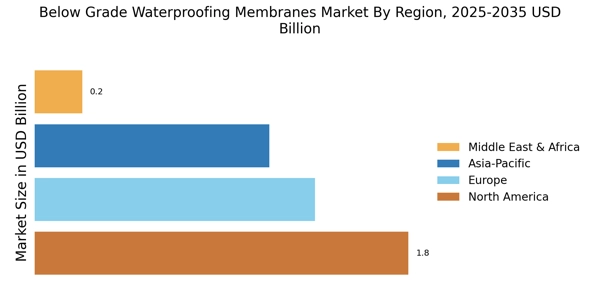

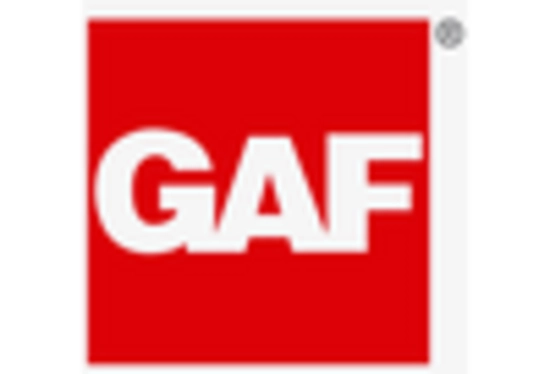
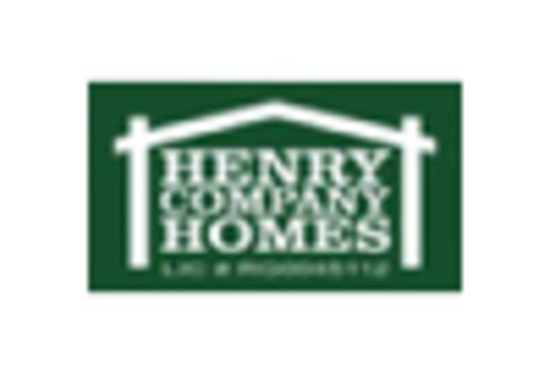
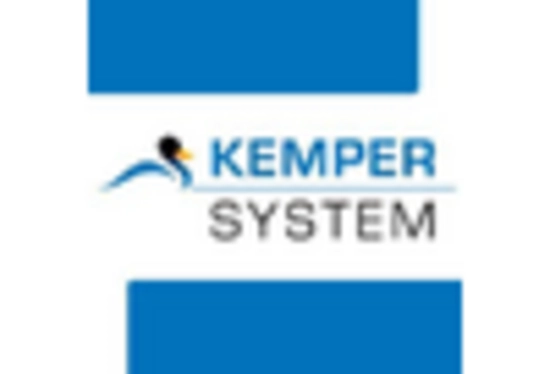

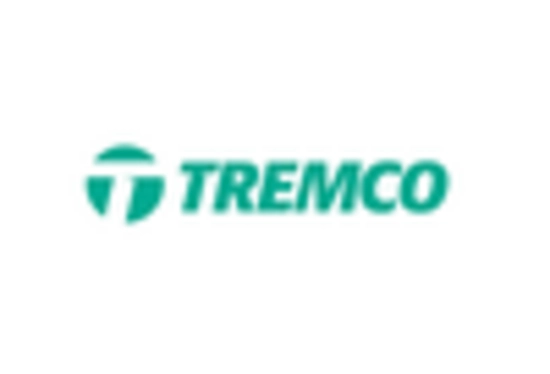








Leave a Comment